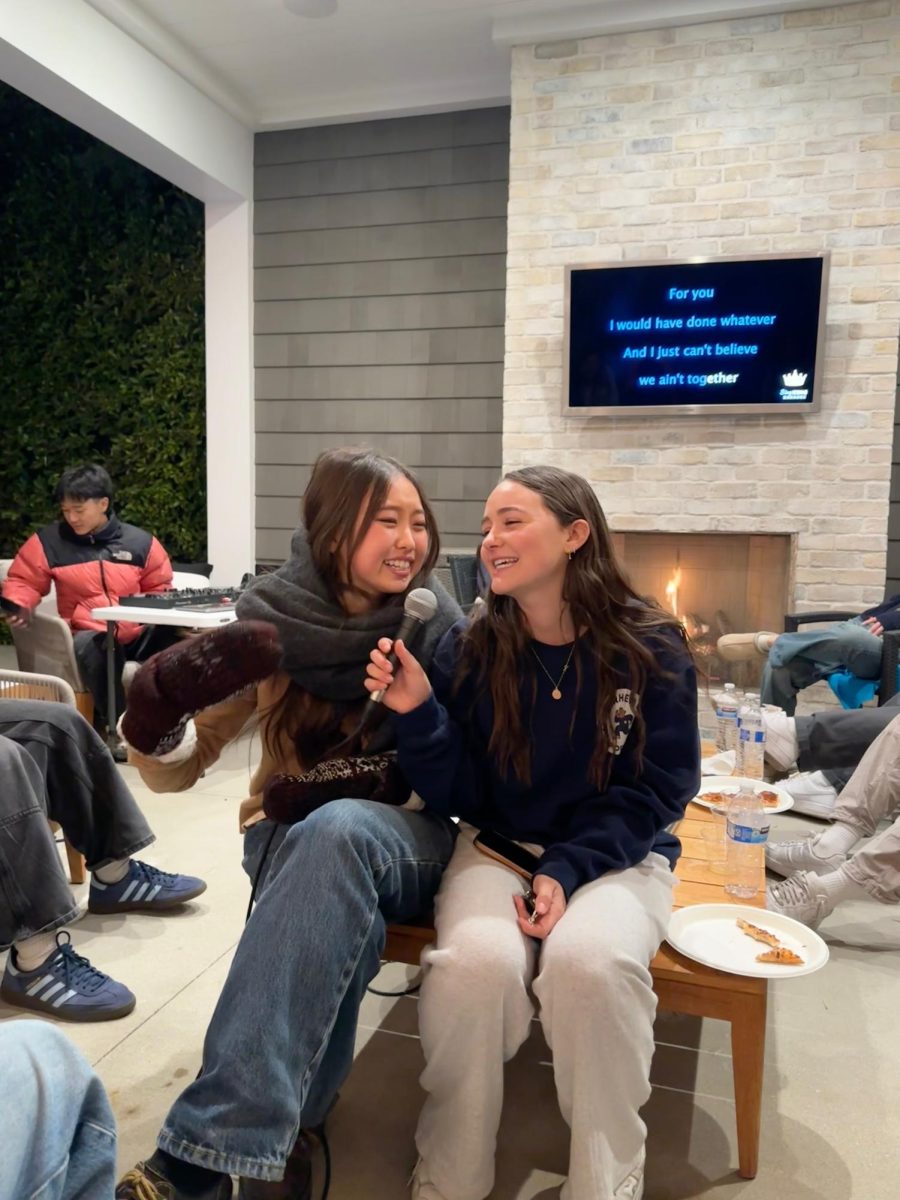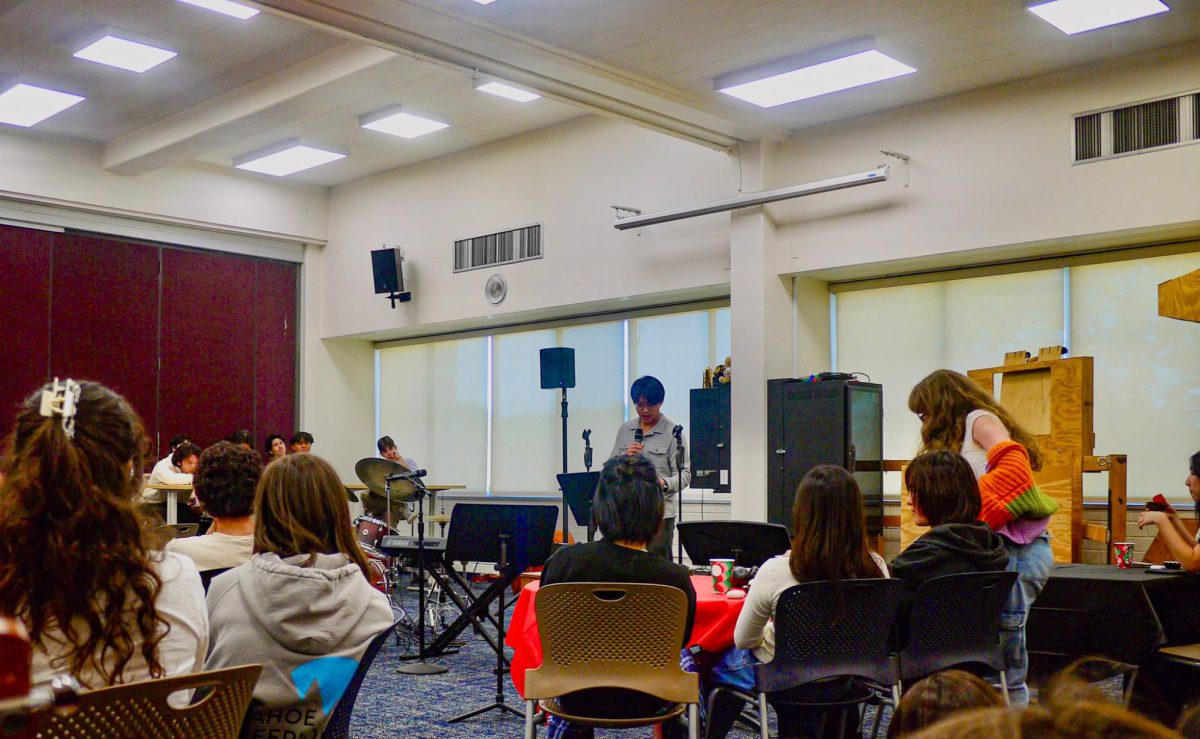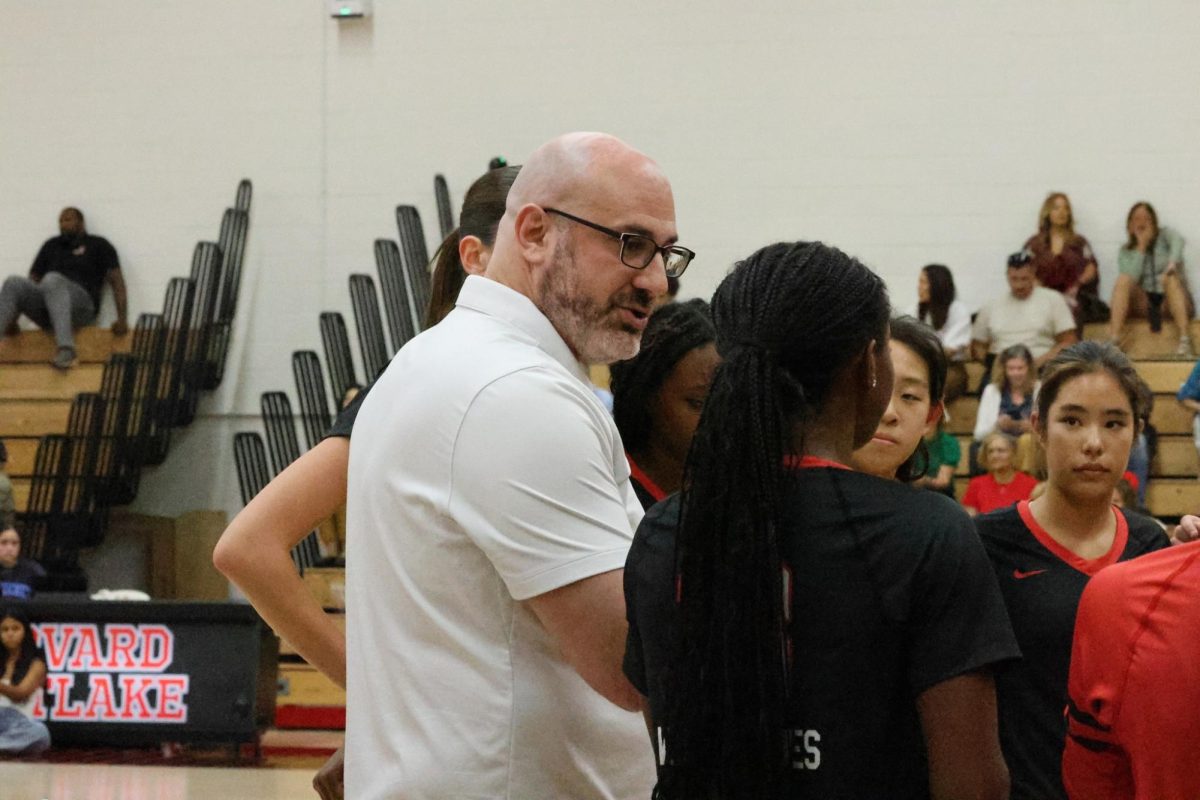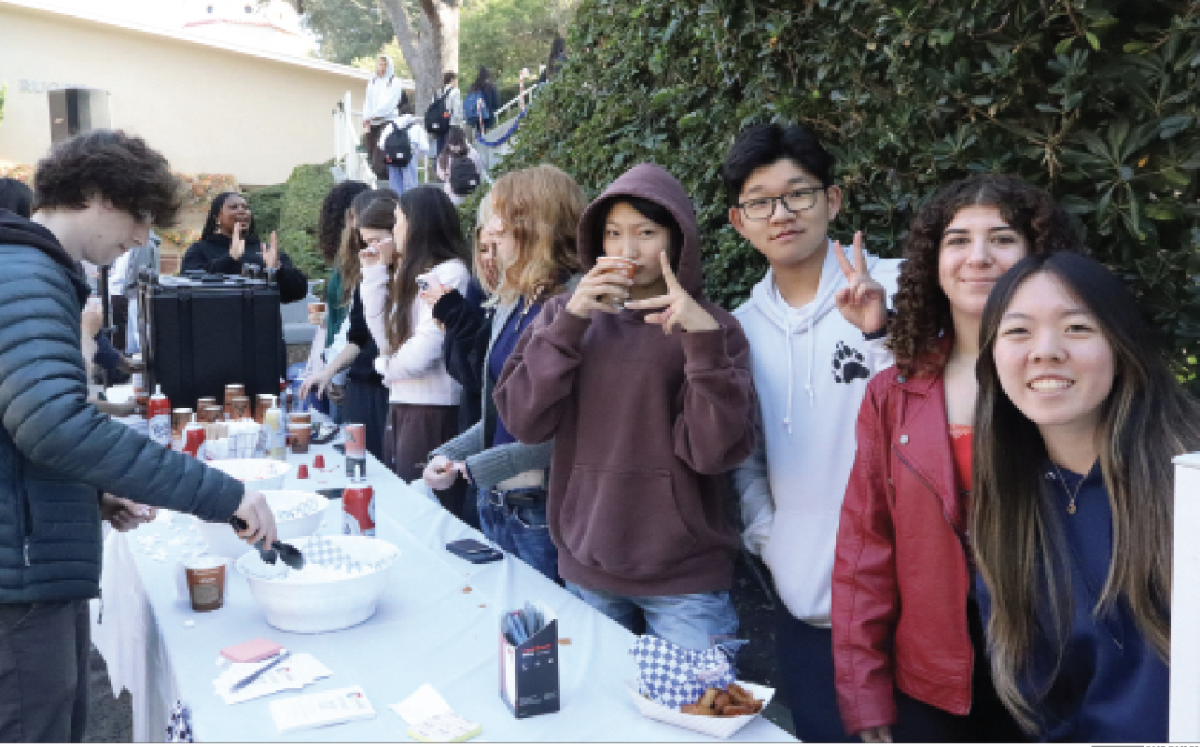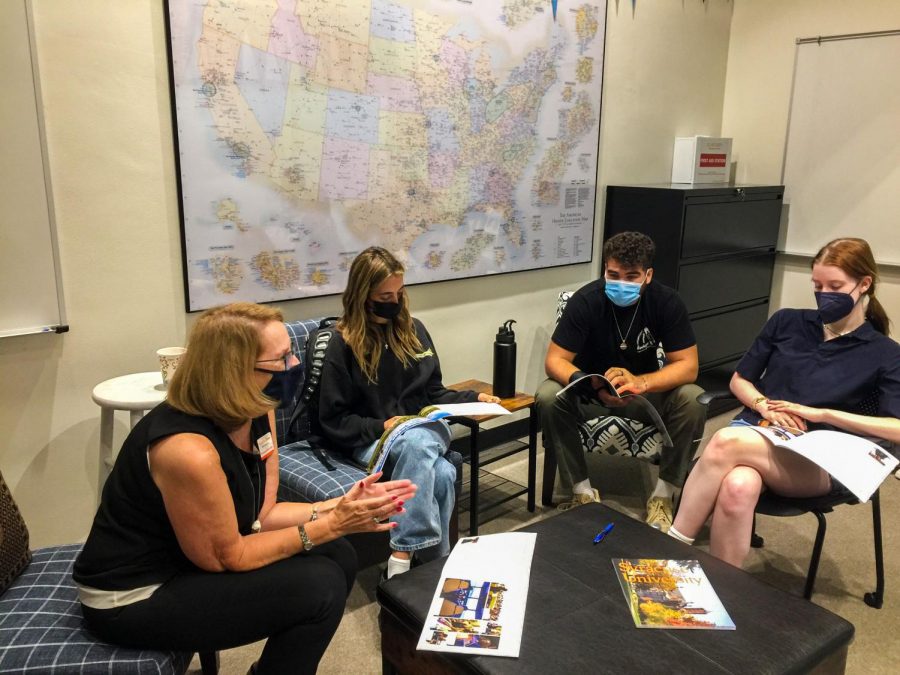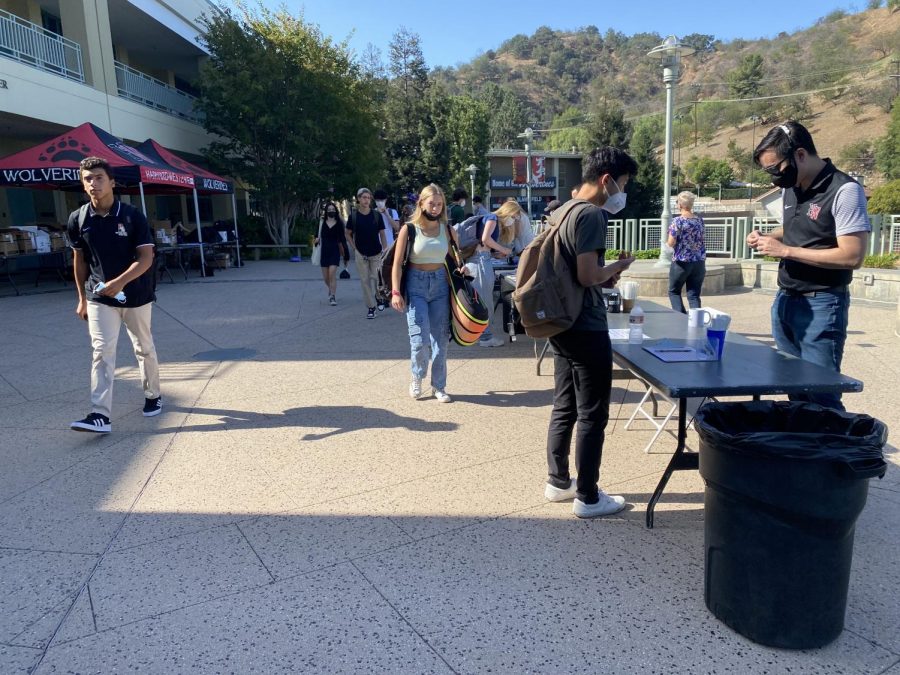Babel, the Upper School’s foreign language publication, received a record number of Spanish submissions for its annual issue coming out in early May.
The magazine publishes essays, recipes, poems, short stories, song lyrics and photos to publicize different languages on campus.
“Babel helps give people a broader perspective of how many different cultures are represented in the world and in the school community,” Babel Italian Editor Carli Cooperstein ’20 said. “Submitting work from languages in or outside of the school curriculum helps bring people together, and it’s just a great way to further pursue your language and culture.”
Babel Co-Head Editor Sonya Ribner ’19 said that the magazine extended its deadline in order to allow more students the opportunity to contribute.
Most students submitted work in Latin, Spanish, French, Chinese and Italian this issue, but students also contributed pieces in languages not included in the school curriculum, such as Hebrew and Korean.
The editors added that they received a lot of Spanish submissions due to class projects that coincided with the submission period.
Some Spanish teachers also offered extra credit to students who sent their work to Babel.
“A lot of the time, students are too busy with schoolwork, and they need an incentive to do something that they should be doing already,” Spanish teacher Javier Zaragoza said. “In [Advanced Placement Spanish Language and Culture], we do an enormous amount of learning about cultures, current issues and people. When students can turn around and write about it, it is really good for their understanding.”
Before foreign language students can submit to the magazine, their teachers must proofread their work and approve it for publishing.
The paper recommends that students who write in languages that are not offered at school consult a family member or adviser who speaks the language for edits.
Babel staff will start compiling the issue when they return from Spring Break.
“For this issue, we really want to produce and present content that would be of interest to the student body,” Ribner said. “If it is poetry, it’s poetry that is relevant to the students’ lives, and if it’s an essay, it’s about a topic that they are really interested in. Ultimately, we want to be able to offer students another look at expression within the [school community].”




























